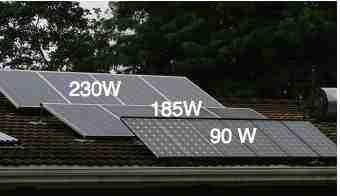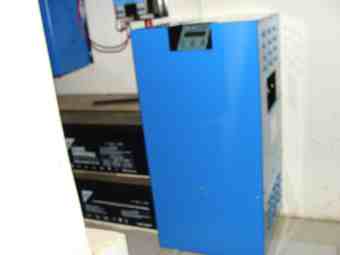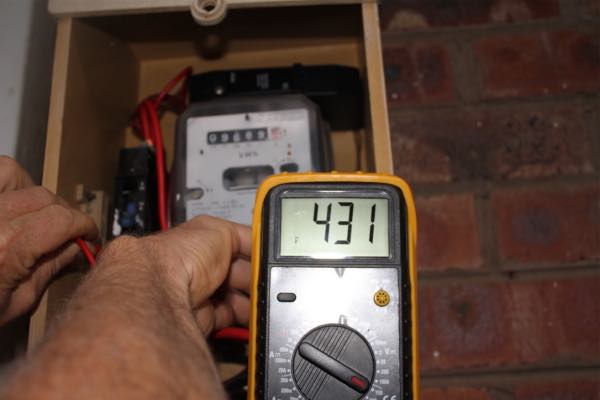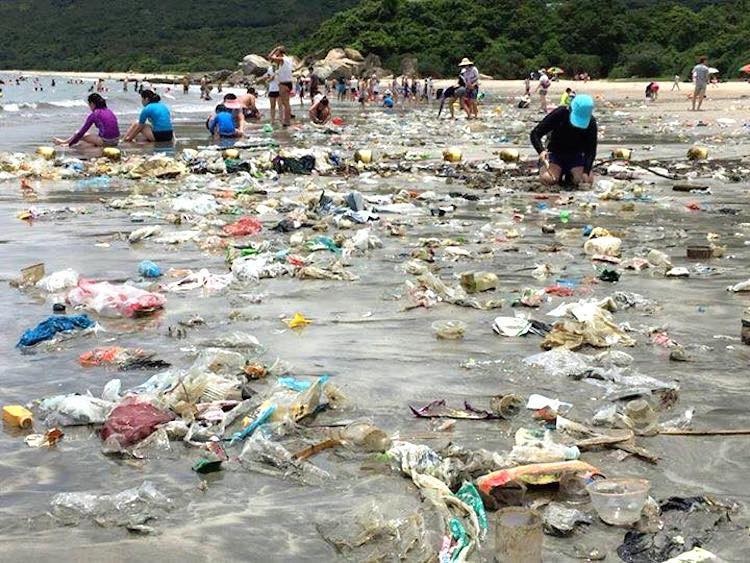| Back to Back Issues Page |
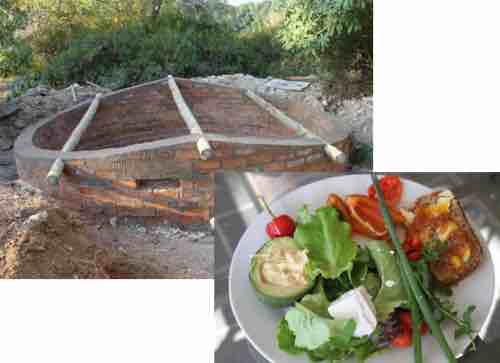 |
|
Harvest and store sunshine July 12, 2020 |
DearGreen zone people think solarGreetings from Bernard Preston to this fourth email about how to create a cyan zone at your home. In our first letter which you can find in back issues we explained how a Cyan Zone combines the blue issues of longevity with green concerns about the health of the planet. Today we talk about harvesting and storing sunshine. 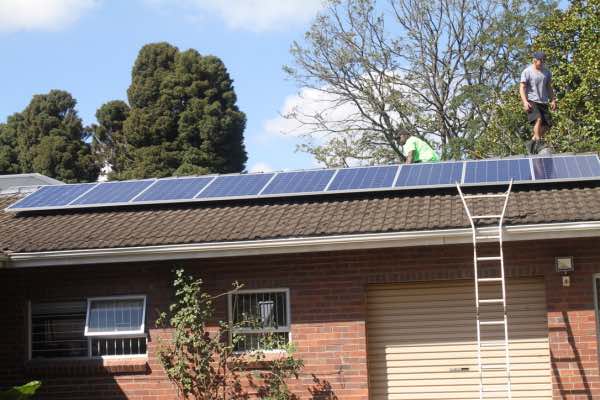 By measuring the concentration of carbon dioxide in samples of the ice core, scientists have shown that levels have reached those not seen for three million years. Along with other greenhouse gases, it traps heat in the atmosphere causing the frightening climate change we are seeing. The polar ice is melting at an unprecedented rate.
By measuring the concentration of carbon dioxide in samples of the ice core, scientists have shown that levels have reached those not seen for three million years. Along with other greenhouse gases, it traps heat in the atmosphere causing the frightening climate change we are seeing. The polar ice is melting at an unprecedented rate.
Yesterday, in midwinter, we had a full-blooded thunderstorm with hail and strong winds; it is completely unheard of in our region of South Africa. Climate change is not a myth cooked up by strange greenies. Those living in the Caribbean and even as far north as New York City will attest to the awesome power of storms. Those living in New Jersey will not have forgotten a week without power after Hurricane Sandy arrived unexpectedly a few years back. I won't say it was entirely unwelcome; the vegetable garden will thrive and the rainwater reservoir is near full again.
“Any powerful idea is absolutely fascinating and absolutely useless until we choose to use it.” - Richard Bach Which way should they face?1. North or southMost of your solar panels should be facing due south if you live in the northern hemisphere, and north here where I live in the little village of Hilton in South Africa.That way they get the maximum exposure to sunlight and will harvest the most energy. Tilting them according to the latitude where you live will make a small difference but I would recommend you place them according to the slope of your roof; the loss will be negligible. By using a stud diode you can use panels producing different voltages but it makes sense to go big from the beginning, using the same size. Mickey Mouse solar farms are rarely satisfactory. I know; that is how we began this journey nine years ago. I recommend you go for at least 5kW of photovoltaic panels, and preferably 10kW; remember there are cloudy days.
2. East and west?However, power usage is generally greatest in the morning and late afternoon. These west-facing PV panels provide for cooking for the evening meal. Each set of panels will require its own regulator, known as a MPPT; it maximises the power extracted from the panels and steps it down to the voltage of your batteries. 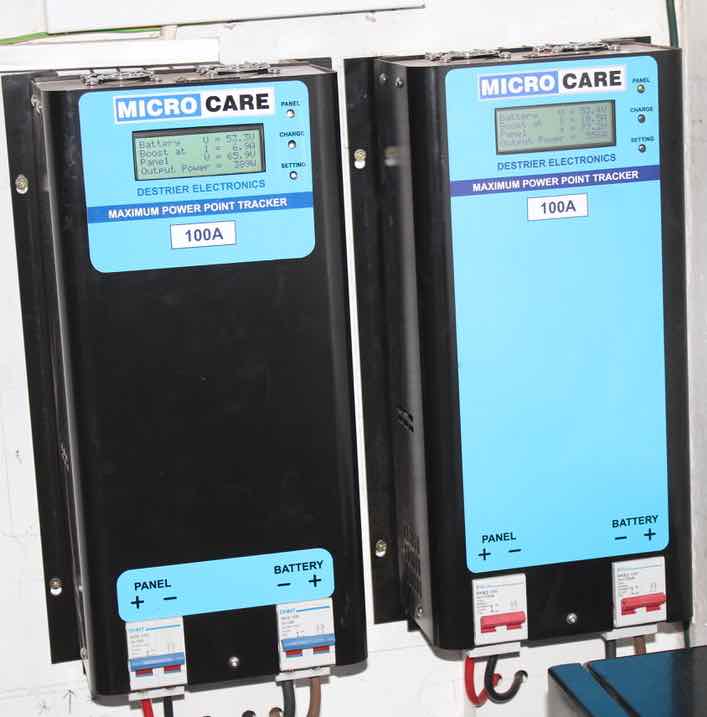
The inverter
The inverter is at the core of your solar system. It turns the direct current from your batteries into AC at your country's voltage; 110V or 220V. Bite the bullet and purchase as large as you can afford; overloading a small inverter will eventually blow it. This one will deliver 10kW. That is enough to heat the oven, run the dishwasher and supply a hot water kettle simultaneously. It will power a large electric grass mower with ease. Big motors require a high wattage to get them started. I would recommend never going for less than 5 kW. The batteriesIn a country with a stable and efficient grid you will not need batteries. However, if you frequently lose power, or it is dirty and damages your electronic equipment you will need something like this.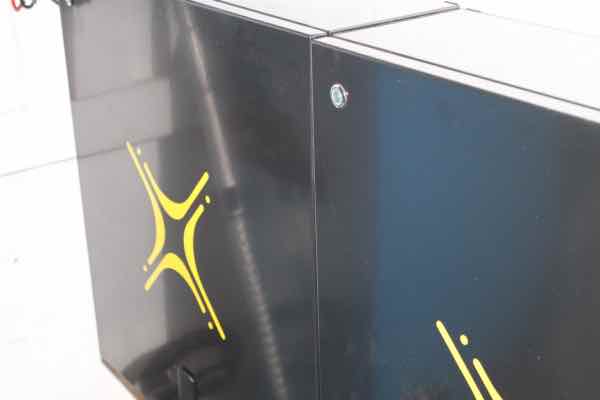
Lithium ion batteries are currently best but it is a rapidly growing domain. Redflow from Australia have a very interesting and quite different design which is especially good for very hot environments. Graphene batteries, lithium glass... by the time you read this there will be a new development; keep abreast of the times. We are very satisfied with these lithium ion batteries manuafactured by Solar MD in Cape Town, and installed by Cheric Energy. Is it financially sensible?Whether or not going solar is financially sensible, and how long the pay-back time is, is very dependent on where you live. As stated above countries with reliable power with very few surges or brown-outs, do not need batteries; that makes a huge difference to the cost of going solar. You use what is known as a grid-tied system.In a country like South Africa with constant grid failure and load shedding, and huge annual price increases then it eminently makes sense to go solar. When you cost in the damage to electrical appliances due to surges like that below then it's no contest.
Next week...More next week about Blue Zone people; in all four of them they independently grow broad beans, also known as favas. Do you know why?
1. Day in the life of solar geek Bernard Preston
|
| Back to Back Issues Page |
